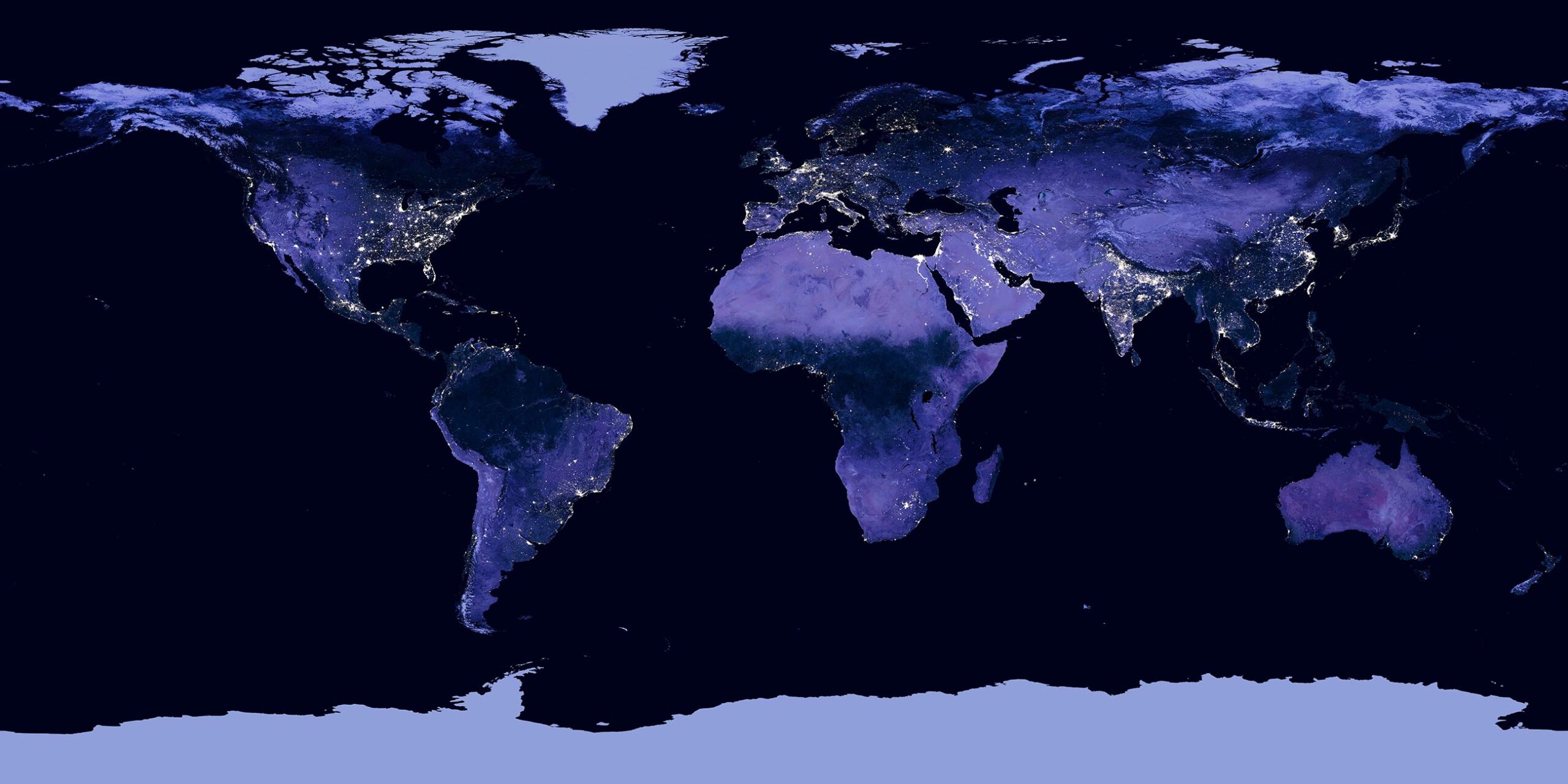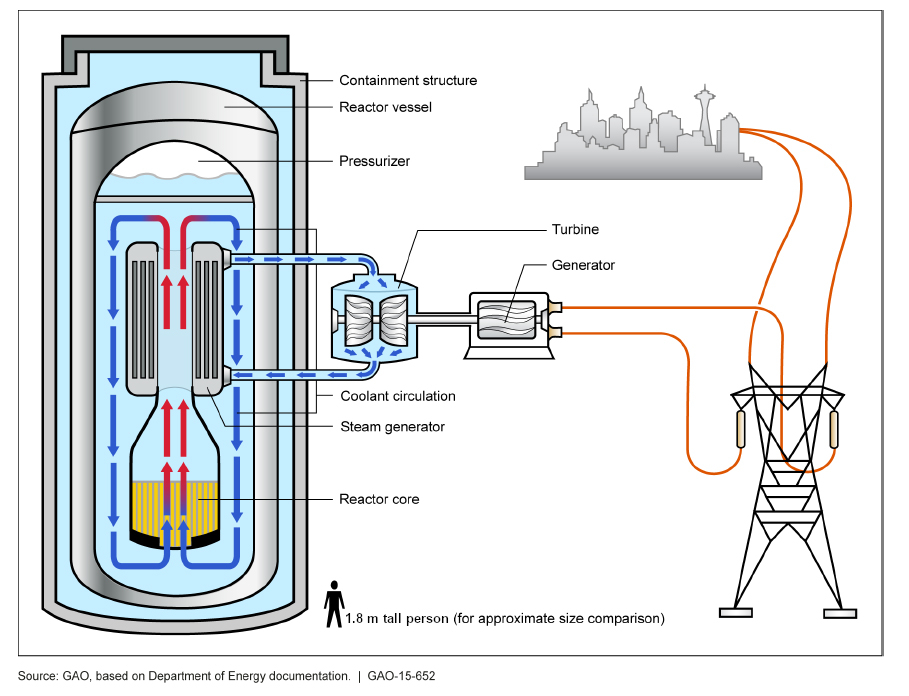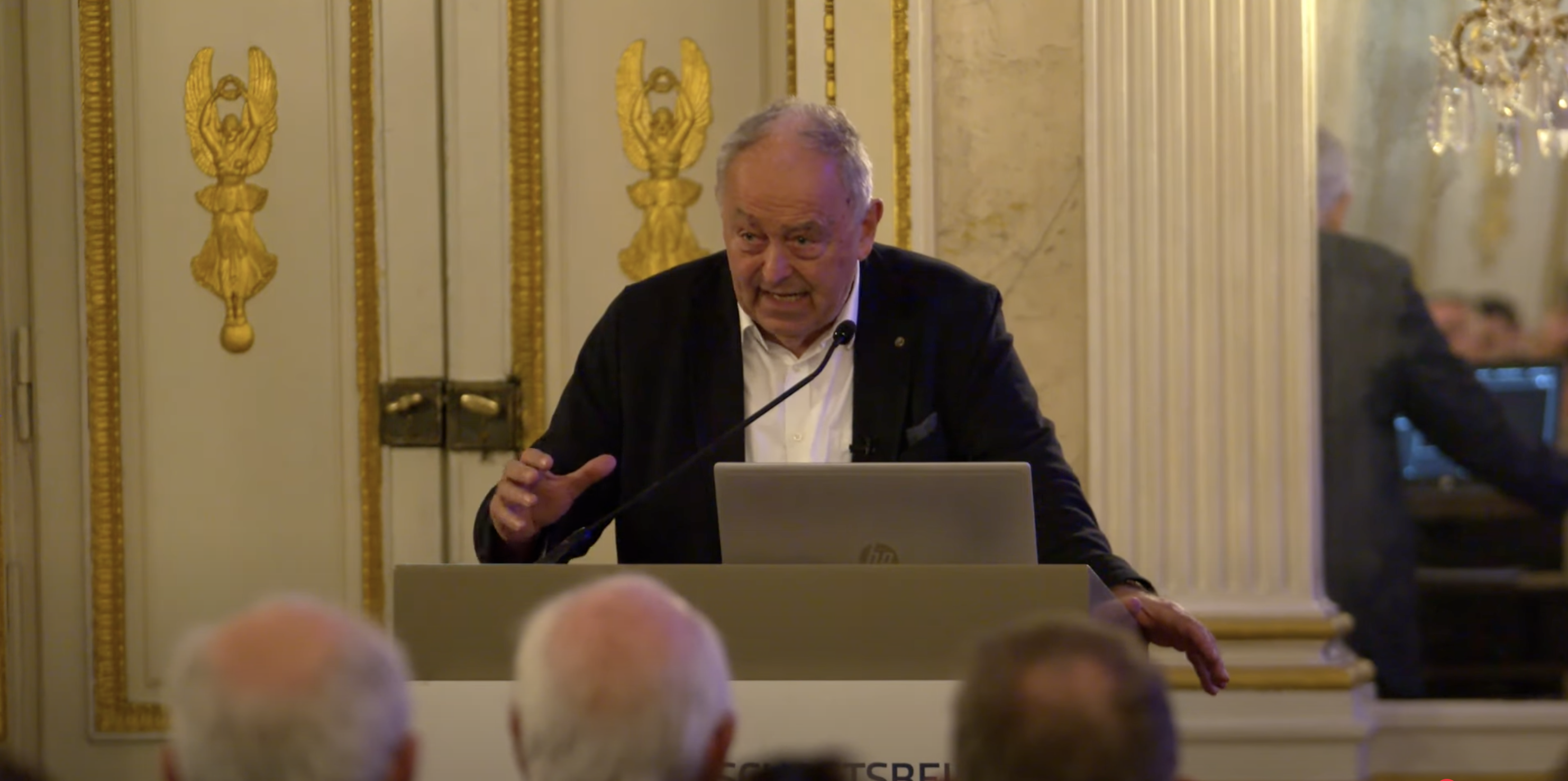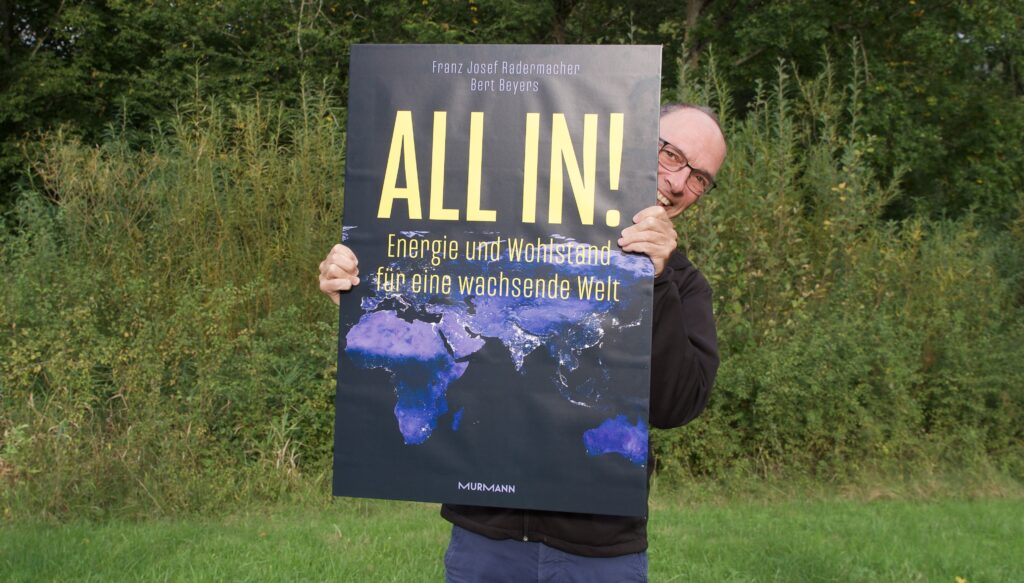At this point, we pick up on news from recent weeks that, from GES’s point of view, give hope because they contain the building blocks of a possible global solution and / or help to develop a realistic view of the challenges that lie ahead.
The Ministry of Economic Affairs has presented a “Roadmap for achieving secure and robust operation of the future electricity supply system with 100% renewable energies“. GES considers this approach to be wrong. In our view, such an electricity grid is not only vulnerable, especially due to the volatility of the new renewables, but also far too expensive.
One reason for this is that offshore wind farms have become significantly more expensive. According to ZEIT-Online. From 2030, German wind farms are expected to supply up to 20 per cent of Germany’s electricity requirements. However, only 8.4 gigawatts of the planned 30 gigawatts of offshore electricity capacity for 2030 have actually been realised off the German coast. The expansion of onshore wind power in 2023 has also fallen short of plans. In any case, fewer financial resources will be available for energy and climate policy measures in 2023/2024 following the federal budget crisis.
The European Parliament has reached an agreement with EU member states on a supply chain law. This is intended to hold large companies that profit from child or forced labour outside the EU to account. However, it is also a matter of using this law to introduce European ideas regarding permissible technologies for the energy transition into supply chains. GES expects strong resistance from non-Europeans, which was already hinted at in the final declaration of the BRICS conference in summer 2023. This spoke of “trade barriers” being imposed on non-EU countries “under the pretext of climate protection”.
According to SPIEGEL, the first large-scale plant for e-fuels is to be built in Lower Saxony. An alliance of medium-sized companies is planning an industrial plant that can produce more than 70 million litres of synthetic fuels per year. Production is due to start in 2026.
A project in Mexico for the production of blue methanol based on natural gas with carbon capture was presented at COP28. The International Finance Corporation and Transition Industries are talking about a production of more than two million tonnes of methanol per year. The project is being financed by the World Bank, which is also signalling that the world is not moving in the direction of phasing out fossil fuels.
A study by independent experts has analysed how poorer countries could co-finance the energy transition and climate adaptation. In order to achieve the 1.5-degree target, annual investments would have to be increased to 2.4 trillion US dollars by 2030 – a fourfold increase on today’s level, according to the authors. In its reference solution, GES also assumes large sums that would have to be transformed from North to South.
TÜV SÜD has published a new standard for low-carbon and blue hydrogen. The CMS 77 standard can be used by all companies worldwide and reflects the criteria of different standards in many countries. According to a study by TÜV Nord, the H2 derivative ammonia will dominate the early phase of international trade in green or blue hydrogen. However, conditions for the ramp-up are rising CO2 prices, high operational reliability of plants and functioning certificate systems.




